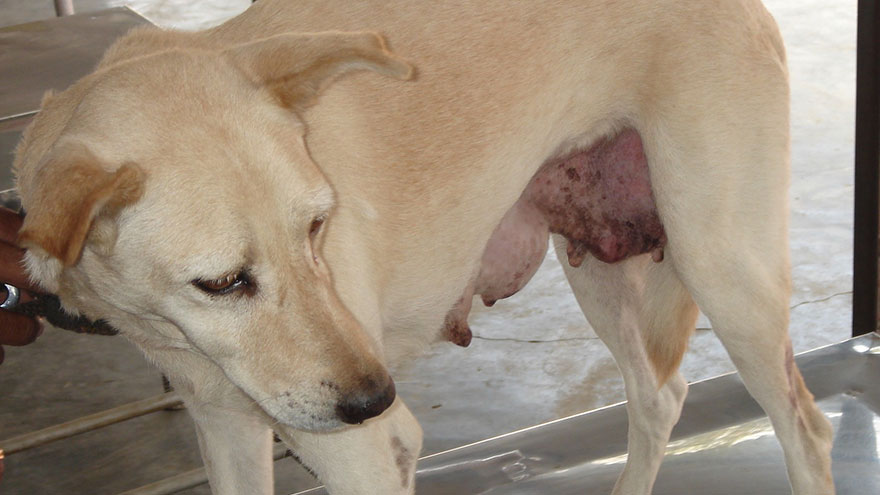Salivary Gland Tumors in Dogs
cthe mouth, moistening the food and beginning the digestive process, according to Race Foster, a doctor of veterinary medicine from Michigan State University. While tumors of the salivary glands are uncommon in dogs, it is important to diagnose them early before they spread to other body parts.

Types
The dog’s four major pairs of salivary glands include the parotid (near the ear), the mandibular (in the lower jaw), the sublingual (under the tongue) and the zygomatic (under the eye) . The most common types of tumors affecting the salivary glands in dogs are typically adenocarcinomas and carcinomas. About 75 percent to 80 percent of all salivary gland tumors affecting dogs are most likely located in either the parotid salivary glands or in the mandibular salivary glands, according to Michigan Vet Specialists.
Effects
The presence of tumors in the salivary glands cause a variety of effects on the dog’s body. The most common clinical signs observed in dogs affected with salivary gland tumors are as follows: non painful unilateral masses in the location of the salivary glands, foul smelling breath, difficulty swallowing and protrusion of the eyeball. According to the National Canine Cancer Foundation, salivary gland tumors are generally malignant and metastasis to regional lymph nodes is common.
Diagnosis
Diagnosis of salivary gland neoplasia in dogs is determined by physical examination and tissue biopsies of the salivary glands and regional lymph nodes. The tissue biopsies are commonly obtained by fine needle cytology and are able to determine if the masses are benign or malignant tumors. Diagnostic imaging including skull and chest x-rays, CT scans or MRIs are helpful in determining if there are any signs of the tumor spreading to other body parts such as the regional lymph nodes and the lungs, according to Michigan Vet Specialists.
Treatment
Complete surgical extirpation of the tumor is recommended; however, such surgery may be a challenging task because of the presence of many nerves and blood vessels nearby and because of the invasive nature of such tumors. If the tumor can only be partially removed or if the tumor has proven to have already metastasized (spread to other body parts), then radiation therapy or chemotherapy are recommended.
Prognosis
As with any surgery, there are always risks of anesthetic reactions and complications. Removal of the parotid glands could result in the impairment of the facial nerves, whereas removal of the mandibular glands could rarely result in damage to the nerves of the tongue. A drain may need to be placed if a pocket of fluid forms beneath the incision site. Survival times in dogs are determined based on the spread of the tumor. According to Michigan Vet Specialists, median survival times for dogs affected by salivary gland tumors are around 550 days.
You Might Also Like :: Cortisol for Dogs

